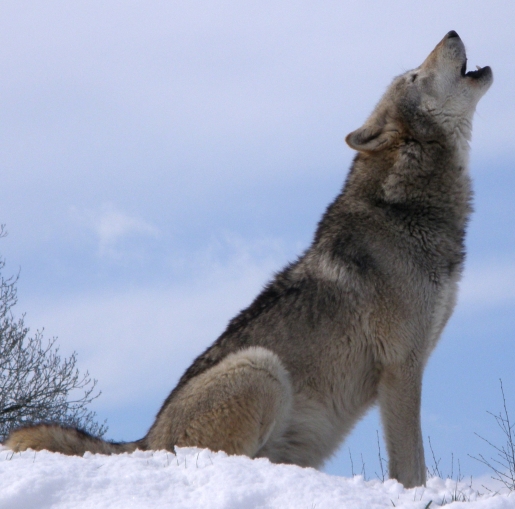Newgrange Reveals The Ancient Bond Between Dogs and Humans
The prehistoric monument of Newgrange (Irish: Sí an Bhrú) in County Meath, Ireland, was built during the Neolithic period around 3000 BC to 2500 BC. Making it older than Stonehenge and the Egyptian pyramids. Regarded as a place of great ceremonial and religious significance, it is aligned in a way that allows the light from the rising sun to shine directly into the chamber on the winter solstice. It is in within the Brú na Bóinne which is a World Heritage Site situated close to the River Boyne and is one of the most important complex of Megalithic sites in Europe.
Over the years excavations have revealed burnt and unburnt human bone in the passage at Newgrange along with various grave goods and other artifacts. The remains of animals have also been found in the tomb. Some of the bones found at Newgrange have been used in a study into the evolution of grey wolves into dogs. Dogs have a special relationship with humans and that bond established 12,000 years ago has persisted to this day. A 4,800 year-old dog bone found in in Newgrange has helped to explain how the domestication of dogs from wolves took place twice in both Europe and Asia. The Newgrange dog bone has been described as having the best preserved ancient DNA ever encountered, giving a prehistoric genome of rare high quality.
The research was carried out by scientists at Trinity College Dublin and Oxford University and has been recently published in the Science journal. It involved the Oxford team extracting the female line genetic material, from 59 ancient dogs that lived between 14,000 and 3,000 years ago. They suggest that dogs evolved from two places rather than just one which had been previously thought. The scientists concluded that it seems dogs were first domesticated from geographically separated wolf populations on opposite sides of the Eurasian continent. The research team has now moved on to try to establish how the process of domestication happened.


- Eibhlin O'Neill's blog
- Log in to post comments





